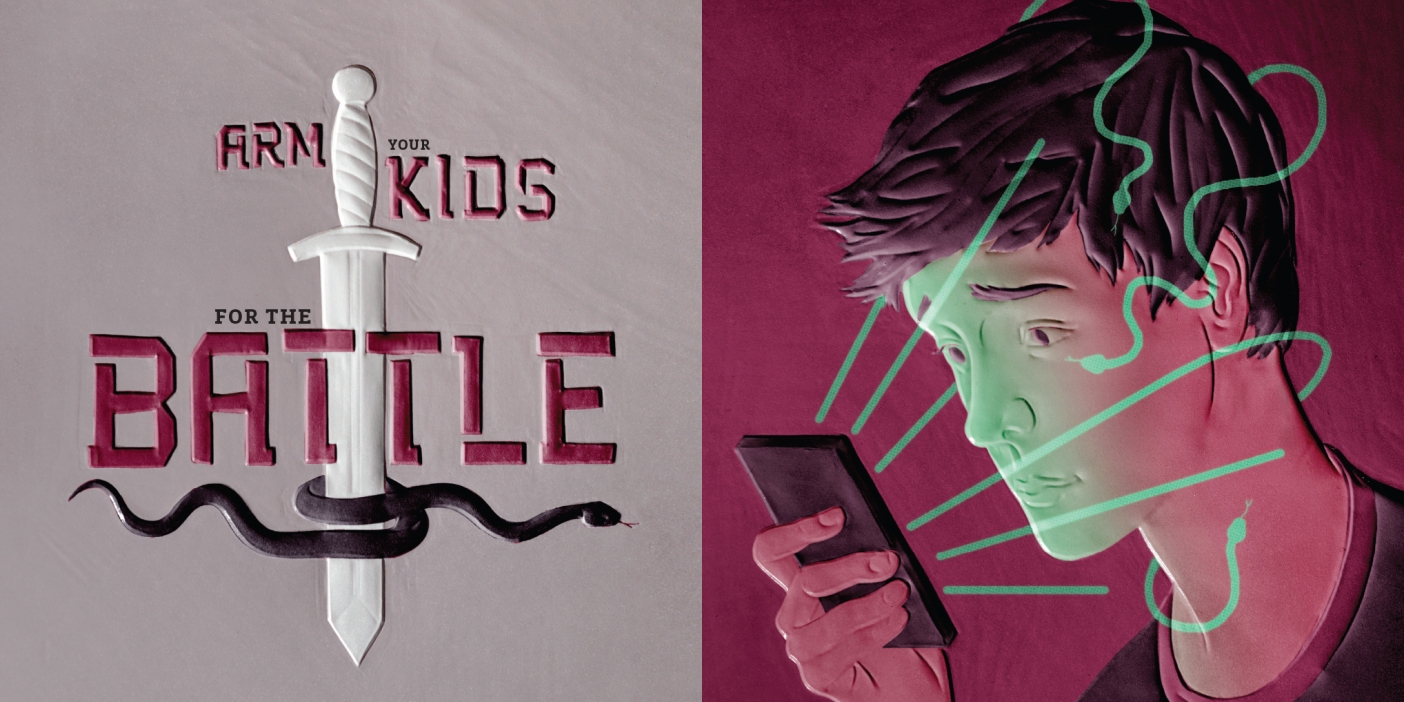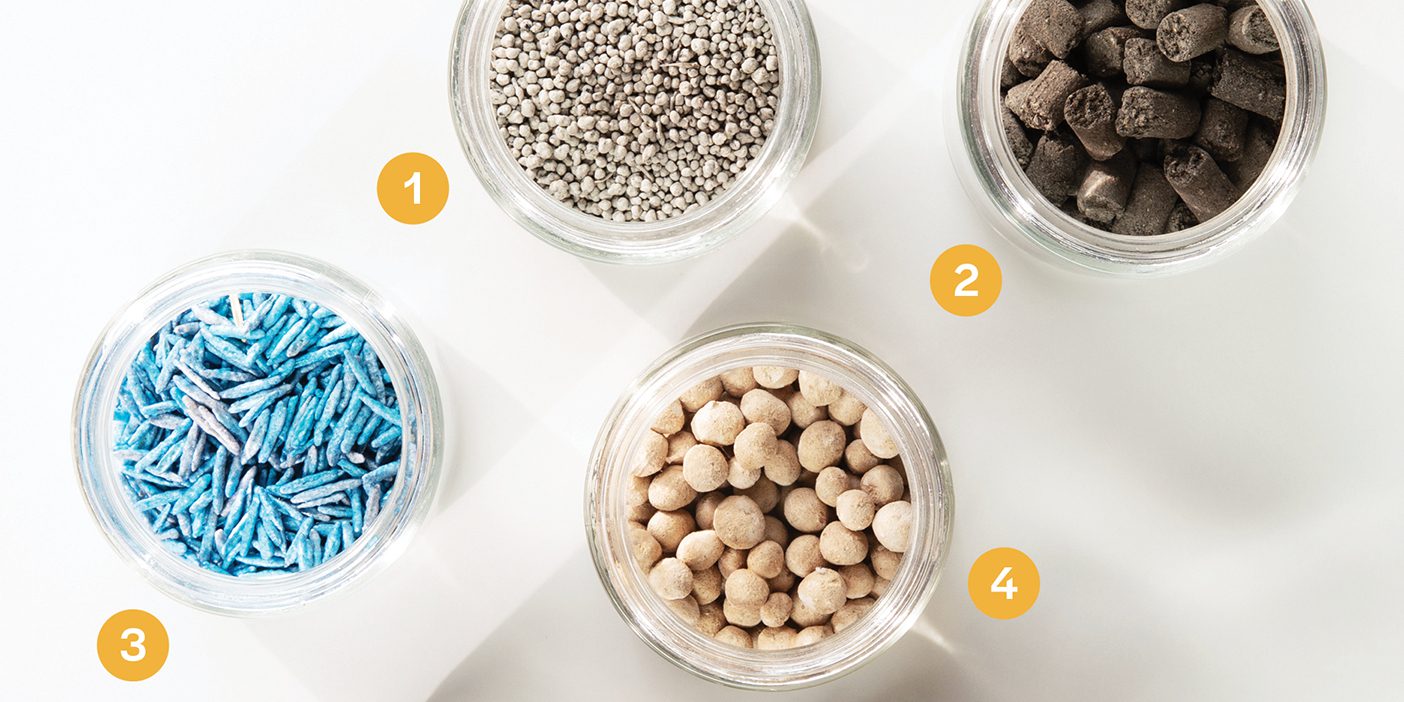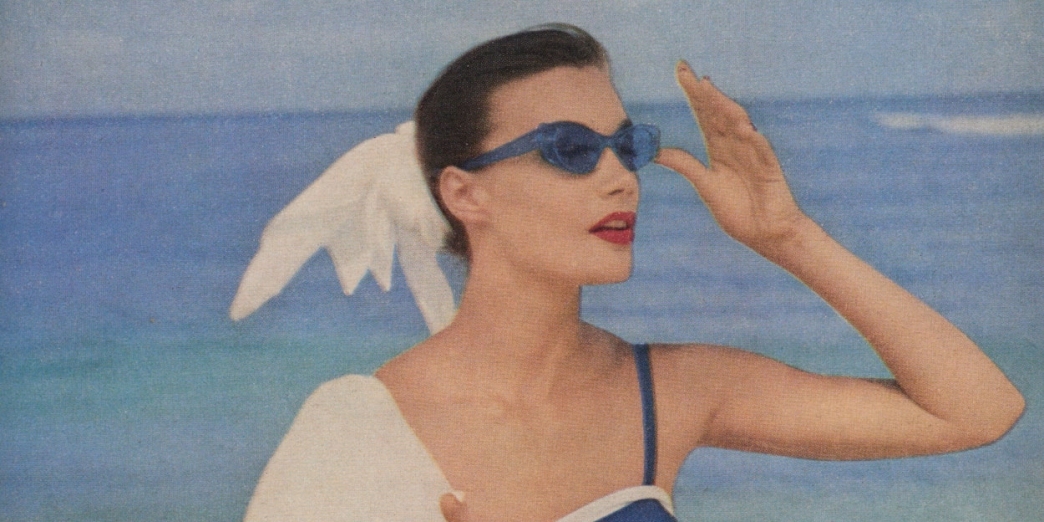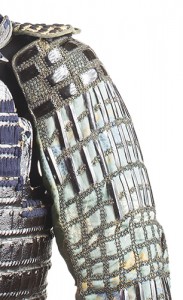
By Natalie Sandberg Taylor (’14)
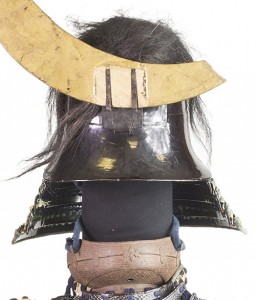
After Chinese history professor Paul V. Hyer (BA ’51) helped an acquaintance while on a research trip to Japan in 1964, he came home with a most unusual payment.
While in Japan, Hyer met Kimura Hisao, a former spy who sought Hyer’s help in translating and publishing a manuscript. To thank Hyer, Hisao gave him a samurai suit that had been in his family for generations.
Hisao was from Satsuma, located on the southernmost island of Japan, and was a descendant of the Shimazu samurai clan, which rebelled against the Tokugawa shogunate in 1868. According to associate professor of Japanese Jack C. Stoneman (BA ’98), the suit was likely worn in this conflict. “It’s not the kind of armor that was put on display,” says Stoneman. “It’s pretty clear
that it’s been used and has met battle.”
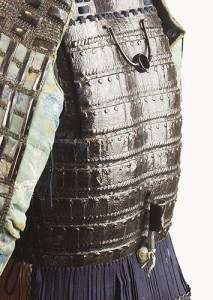
Decades later Hyer, now retired, donated the suit to the Harold B. Lee Library, where it now sits on the fourth floor in the Asian Studies collection. This fall the suit will be the center of a yearlong samurai culture exhibit on the library’s main floor.
Photos by Bradley Slade







